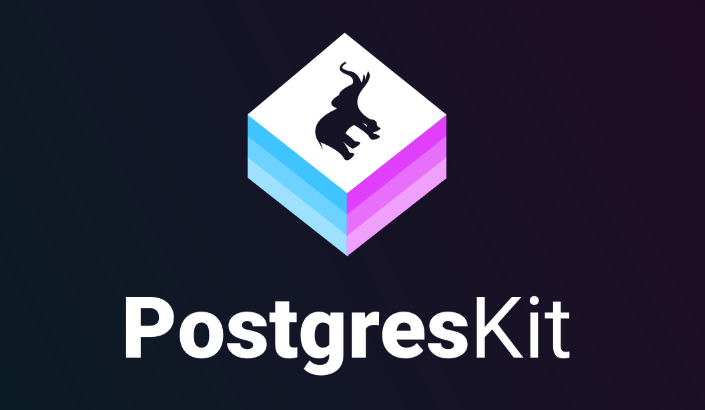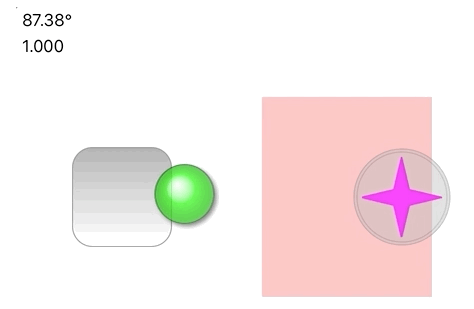postgres-kit
? Non-blocking, event-driven Swift client for PostgreSQL.
Major Releases
The table below shows a list of PostgresKit major releases alongside their compatible NIO and Swift versions.
| Version | NIO | Swift | SPM |
|---|---|---|---|
| 2.0 | 2.0 | 5.2+ | from: "2.0.0" |
| 1.0 | 1.0 | 4.0+ | from: "1.0.0" |
Use the SPM string to easily include the dependendency in your Package.swift file.
.package(url: "https://github.com/vapor/postgres-kit.git", from: ...)
Supported Platforms
PostgresKit supports the following platforms:
- Ubuntu 16.04+
- macOS 10.15+
Overview
PostgresKit is a PostgreSQL client library built on SQLKit. It supports building and serializing Postgres-dialect SQL queries. PostgresKit uses PostgresNIO to connect and communicate with the database server asynchronously. AsyncKit is used to provide connection pooling.
Configuration
Database connection options and credentials are specified using a PostgresConfiguration struct.
import PostgresKit
let configuration = PostgresConfiguration(
hostname: "localhost",
username: "vapor_username",
password: "vapor_password",
database: "vapor_database"
)
URL string based configuration is also supported.
guard let configuration = PostgresConfiguration(url: "postgres://...") else {
...
}
To connect via unix-domain sockets, use unixDomainSocketPath instead of hostname and port.
let configuration = PostgresConfiguration(
unixDomainSocketPath: "/path/to/socket",
username: "vapor_username",
password: "vapor_password",
database: "vapor_database"
)
Connection Pool
Once you have a PostgresConfiguration, you can use it to create a connection source and pool.
let eventLoopGroup: EventLoopGroup = ...
defer { try! eventLoopGroup.syncShutdown() }
let pools = EventLoopGroupConnectionPool(
source: PostgresConnectionSource(configuration: configuration),
on: eventLoopGroup
)
defer { pools.shutdown() }
First create a PostgresConnectionSource using the configuration struct. This type is responsible for creating new connections to your database server as needed.
Next, use the connection source to create an EventLoopGroupConnectionPool. You will also need to pass an EventLoopGroup. For more information on creating an EventLoopGroup, visit SwiftNIO's documentation. Make sure to shutdown the connection pool before it deinitializes.
EventLoopGroupConnectionPool is a collection of pools for each event loop. When using EventLoopGroupConnectionPool directly, random event loops will be chosen as needed.
pools.withConnection { conn
print(conn) // PostgresConnection on randomly chosen event loop
}
To get a pool for a specific event loop, use pool(for:). This returns an EventLoopConnectionPool.
let eventLoop: EventLoop = ...
let pool = pools.pool(for: eventLoop)
pool.withConnection { conn
print(conn) // PostgresConnection on eventLoop
}
PostgresDatabase
Both EventLoopGroupConnectionPool and EventLoopConnectionPool can be used to create instances of PostgresDatabase.
let postgres = pool.database(logger: ...) // PostgresDatabase
let rows = try postgres.simpleQuery("SELECT version();").wait()
Visit PostgresNIO's docs for more information on using PostgresDatabase.
SQLDatabase
A PostgresDatabase can be used to create an instance of SQLDatabase.
let sql = postgres.sql() // SQLDatabase
let planets = try sql.select().column("*").from("planets").all().wait()
Visit SQLKit's docs for more information on using SQLDatabase.


